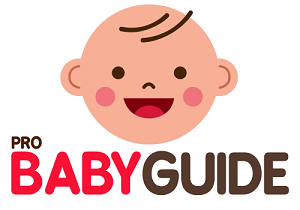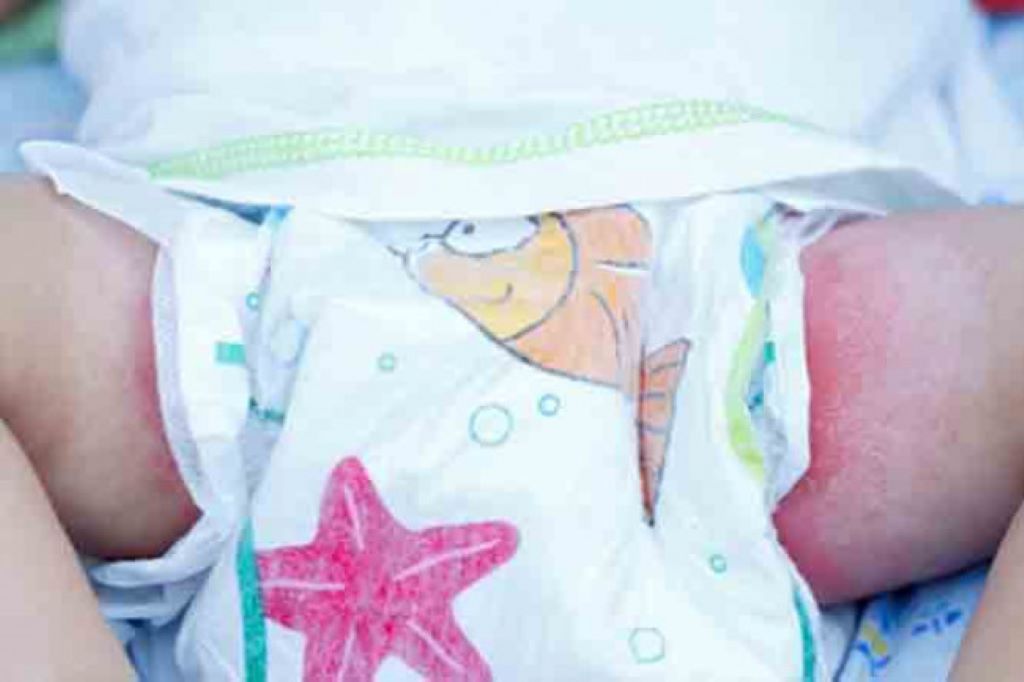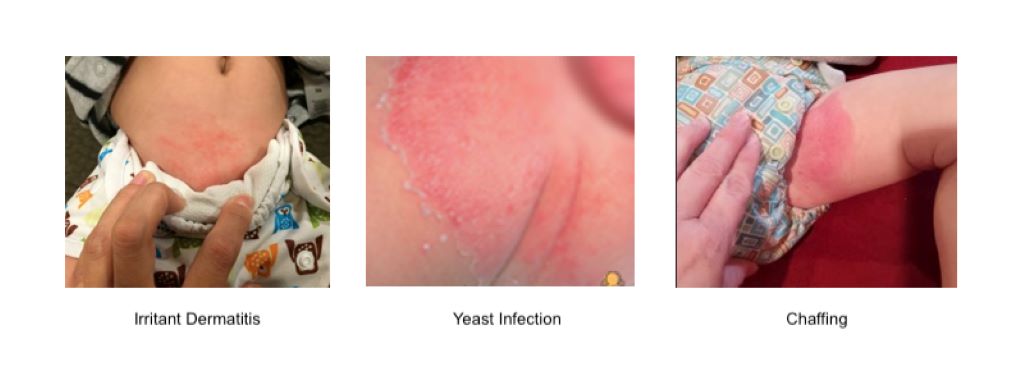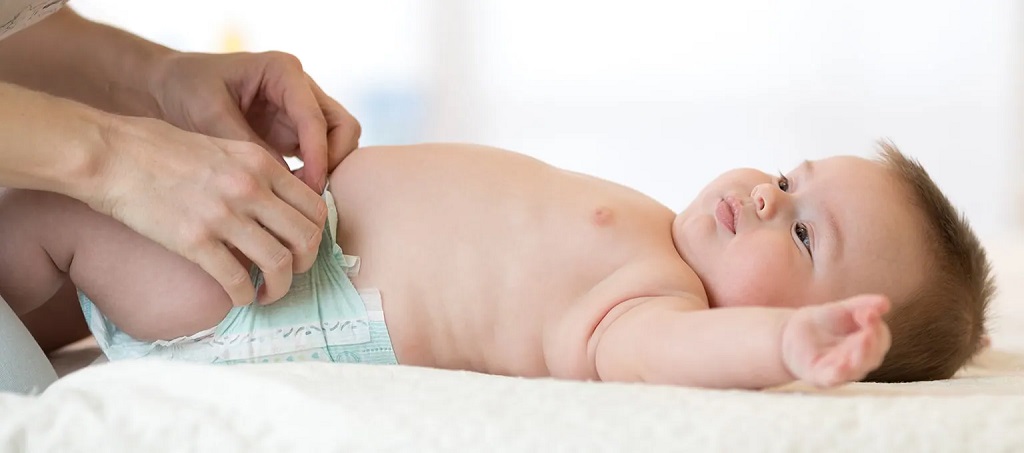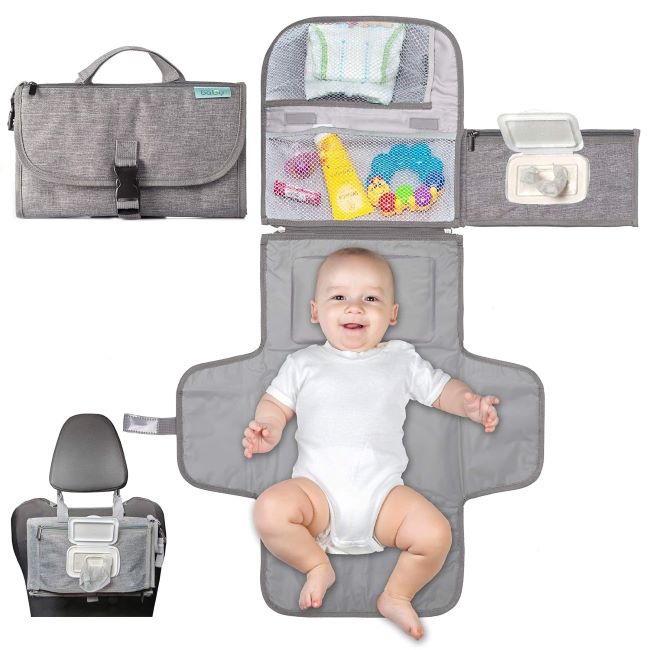Diaper rash, a common skin irritation that affects babies, can range from mild redness to severe inflammation. While mild cases often resolve with simple home care, bad diaper rash requires more attentive treatment to alleviate discomfort and prevent complications. This comprehensive guide will delve into effective strategies for treating bad diaper rash, ensuring your baby’s delicate skin heals swiftly and comfortably.
Understanding Bad Diaper Rash
It manifests as intense redness, swelling, blisters, or even open sores in the diaper area. It’s often accompanied by fussiness, discomfort, and disrupted sleep patterns in babies. The primary culprits behind it are prolonged contact with urine and feces, friction from diapers, and fungal or bacterial infections.
Treatment Strategies for Bad Diaper Rash
- Prioritize Frequent Changes: The cornerstone of treating bad diaper rash is keeping the diaper area clean and dry. Change diapers frequently, ideally every two to three hours, or as soon as they become soiled.
- Gentle Cleansing: During diaper changes, cleanse the affected area with lukewarm water and a mild, fragrance-free cleanser. Avoid harsh soaps or wipes containing alcohol, as these can further irritate the skin.
- Air Time: Allow your baby to enjoy diaper-free time whenever possible. This exposes the skin to air, promoting healing and preventing excess moisture buildup.
- Barrier Creams: Apply a thick layer of diaper rash cream or ointment containing zinc oxide or petroleum jelly to create a protective barrier against irritants. Reapply after each diaper change.
- Avoid Tight-Fitting Diapers: Opt for loose-fitting diapers or consider sizing up to minimize friction and allow for better air circulation.
- Sitz Baths: For severe diaper rash, a lukewarm sitz bath can offer soothing relief. Fill a shallow basin with warm water and let your baby soak for a few minutes, then gently pat the area dry.
- Over-the-counter Treatments: If the rash persists or worsens, consult your pediatrician about over-the-counter antifungal or antibacterial creams. These can address underlying infections contributing to the rash.
- Prescription Medications: In severe cases, your pediatrician may prescribe stronger topical or oral medications to manage inflammation and promote healing.
- Dietary Considerations: If your baby is breastfeeding, your diet might contribute to diaper rash. Avoid spicy or acidic foods that can irritate your baby’s sensitive skin through breast milk. If your baby is formula-fed, discuss potential formula changes with your pediatrician.
- Rule Out Allergies: Sometimes, it can be triggered by allergies to diapers, wipes, or laundry detergents. Consider switching brands to identify potential allergens.
Preventing Future Occurrences
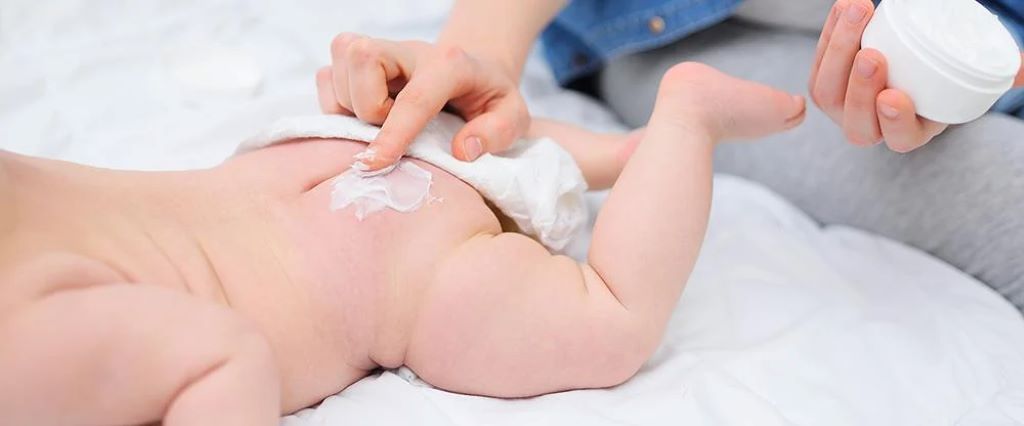
Once the bad diaper rash has cleared, implement preventive measures to minimize the risk of recurrence.
- Maintain Diaper Hygiene: Continue frequent diaper changes and gentle cleansing routines.
- Choose Breathable Diapers: Opt for diapers made from breathable materials that allow for better air circulation.
- Limit Baby Wipes: While convenient, baby wipes can contain harsh chemicals that irritate sensitive skin. Use them sparingly or consider switching to water and a soft cloth.
- Introduce Solids Gradually: When introducing solid foods, do so gradually to monitor for any potential food sensitivities that might contribute to diaper rash.
- Probiotics: Some studies suggest that probiotics can help maintain a healthy balance of bacteria in the gut, potentially reducing the risk of it. Consult your pediatrician about probiotic supplements for your baby.
When to Seek Medical Advice
While most cases of bad diaper rashes respond well to home care, consult your pediatrician if:
- The rash doesn’t improve within a few days of treatment
- The rash spreads beyond the diaper area
- Your baby develops a fever
- The rash shows signs of infection, such as pus-filled blisters or open sores
- Your baby seems unusually fussy or uncomfortable
Related: Diaper Rash vs Yeast Infection: A Comprehensive Guide to Identification and Treatment
Additional Tips for Managing Bad Diaper Rash
- Pat, Don’t Rub: When drying your baby’s diaper area, gently pat the skin dry instead of rubbing, which can cause further irritation.
- Avoid Baby Powder: Baby powder can be inhaled by babies, potentially causing respiratory problems. It’s best to avoid using it altogether.
- Let It Breathe: Whenever possible, let your baby go diaper-free to allow the skin to air out and heal.
- Stay Hydrated: Encourage your baby to drink plenty of fluids to keep their urine diluted, reducing its irritant potential.
- Be Patient: Healing this problem takes time. Be consistent with your treatment plan and don’t get discouraged if you don’t see immediate results.
Related: What is Considered a Wet Diaper: Everything You Need to Know
Remember, every baby is unique, and what works for one might not work for another. If you have any concerns about your baby’s diaper rashes, don’t hesitate to reach out to your pediatrician for personalized guidance and support.
In conclusion
Treating bad diaper rash requires a multifaceted approach combining diligent hygiene, protective measures, and appropriate medical interventions when necessary. By following these guidelines and remaining attentive to your baby’s needs, you can effectively manage it, ensuring their comfort and promoting optimal skin health. Remember, a little extra care and attention can go a long way in soothing your baby’s delicate skin and restoring their happy smiles.
